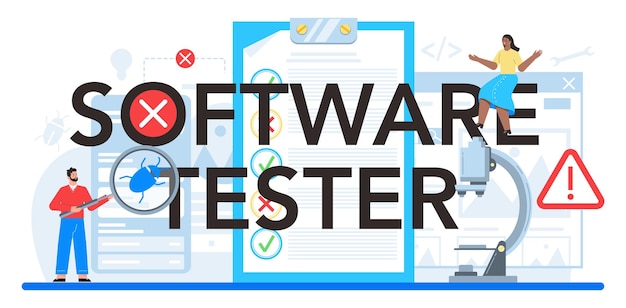The strategy to assure quality and the reliability of applications lies in the hands of software development. The growing complexity of software systems further intensifies the need for effective testing. Then come the concepts of testing techniques and methodologies that are quite confused and always used as interchangeable terms, although they relate to different concepts about the testing process. The difference between these two comes in very handily in the context of software testing. This blog describes what software testing methodologies and techniques are, their differences, and how they work together in order to ensure the quality of a piece of software.
What Are Software Testing Methodologies?
These are structured approaches to testing, which provide a framework within which the testing can be planned, executed, and evaluated. They detail a set of principles, processes, and guidelines that the tester should follow to ensure software is tested effectively and efficiently. Testing methodologies are broad in scope, focusing on the overall strategy behind the testing process.
Key Features of Testing Methodologies
1. Structured Framework: Methodologies have a defined structure of organization regarding testing activities. These help teams maintain consistency and thoroughness in their testing efforts.
2. Process-Oriented: Testing methodologies focus on process-oriented activities, like planning, execution, and reporting, so that all aspects of testing are covered.
3. Adaptability: Projects differ in nature and may require different methodologies to work with. Testers are able to adapt methodologies based on project requirements, team size, and development practices.
4. Quality Assurance Oriented: The testing methodologies are based on the fundamental principle of quality assurance and reliability of software. They serve with principles on how to recognize defects and validate functionality.
Popular Software Testing Methodologies
1. Waterfall Model: This is the model in which testing happens after the development phase. It is a linear approach to software development where every phase has to be finished before the next starts. It is a less flexible model toward changes.
2. Agile Testing: Agile testing techniques are tailored to be matched with agile development processes. The testing goes on in a continuous manner. Testers here work alongside the developers to ensure quicker feedback and iteration.
3. V-Model: V-models emphasize verification and validation. The testing activities occur simultaneously with the development. For each phase of development, there is a corresponding test phase.
4. Spiral Model: The Spiral model is a combination of iterative development and risk assessment. Testing happens through the cycle of development, which refines the application incrementally.
5. Behavior-Driven Development (BDD): This refers to a process where developers, testers, and the non-technical stakeholders collaborate. BDD involves use of a language that is simple but domain-specific, using natural-language constructions that helps in expressing the behaviour as well as the expected result.
What are Software Testing Techniques?
Testing techniques are procedures applied to design and execute test cases. Where methodologies are generic frameworks in which to perform a test, techniques concern the specific construction and execution of individual tests. They describe practical methods that testers can apply in the search for defects and in confirming the functionality of software.
Popular Software Testing Techniques
- Black Box Testing: This kind of testing of an application is performed without any information about the internal code structure. Principally, it takes care of inputs and anticipated yield, hence serves well with functional testing.
- White Box Testing: Testing of internal code structure and logic comes under this type of testing. Testers would need to have knowledge regarding the code base. They might identify potential problems like code inclusion and way testing.
- Gray Box Testing: Gray box testing is a mixture of the earlier two techniques. The testers have a little knowledge about the internal working of the application, and thus more effective tests can be created.
- Boundary Value Analysis: This technique gives more emphasis to extremes and boundary conditions. The testers identify the input boundaries so that it is ensured that the application works perfectly well at the boundaries.
- Equivalence Partitioning: Equivalence partitioning is a method where the input data is divided into groups or partitions with all the partitions considered equivalent. In such cases, testers can select proofs within each partition; thus, while cutting down the number of test cases to a great extent, one still gets adequate coverage.
- Exploratory Testing: In this practice, the testers are free to run through an application without specific paths or procedures having been mapped out for them. It involves a process that features the testers’ ability to create and guess the defects which can rarely be identified in other conventional tests.
Key Differences Between Testing Techniques and Methodologies
The testing methodologies and techniques are related in some ways, but they actually work to serve different purposes in the software testing process. The important ones are stated here:
- Scope
Testing Methodologies: The methodologies provide the overall framework for the planning and execution of the testing process. They encompass the entire lifecycle of testing, from strategy to planning, then execution, and finally reporting.
Testing Techniques: Techniques focus on specific methods to design and execute tests. They provide fine details of how individual tests should be carried out but do not specify any particular testing strategy.
- Focus
Testing Methodologies: The focus of methodologies is on the assurance in quality and betterment of processes. They guide the teams regarding how to effectively and efficiently implement testing.
Testing Techniques: The techniques are basically concerned about the practical execution of tests. They talk about how to identify the defects, validate functionality, and see that the application is in conformance with the requirements.
- Level of Detail
Testing Methodologies: Methodologies are again high level and are broad guideline providers for testing practices. It tells more about the principles and processes but does not get into the details of the testing scenarios.
Testing Techniques: Techniques are low-level and provide specific instructions on how tests should be carried out. They describe the activities a tester is expected to carry out in an effort to run a test and analyze its results.
- Flexibility
Testing Methodologies: This can be tailored based on project requirements, size of the team, and development practices. A given team may use one or more according to the context in which they are working.
Technique of Testing: Again, these could also be specific, but these are more towards the scenario. Testers may choose different techniques that fit the application’s nature and the aim of testing.
In the fast-moving domain of software development today, it’s imperative that any testing professional should remain well conversant with new methodologies and techniques for testing. The methodologies and techniques can be used to help testers master modern software applications and quality software to be delivered to the users and market. Consequently, a desire to learn such knowledge will equip them with the right weapons towards survival in a dynamic industry, squarely seating them at the forefront of software quality assurance.

